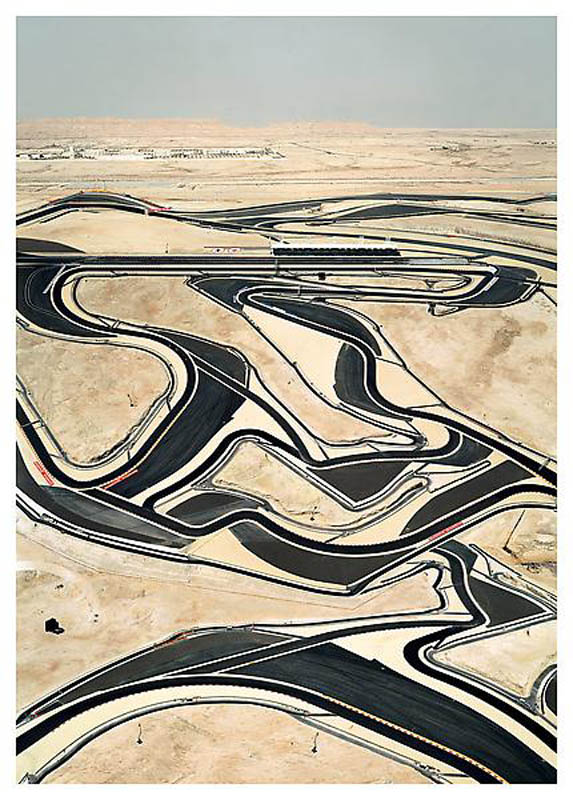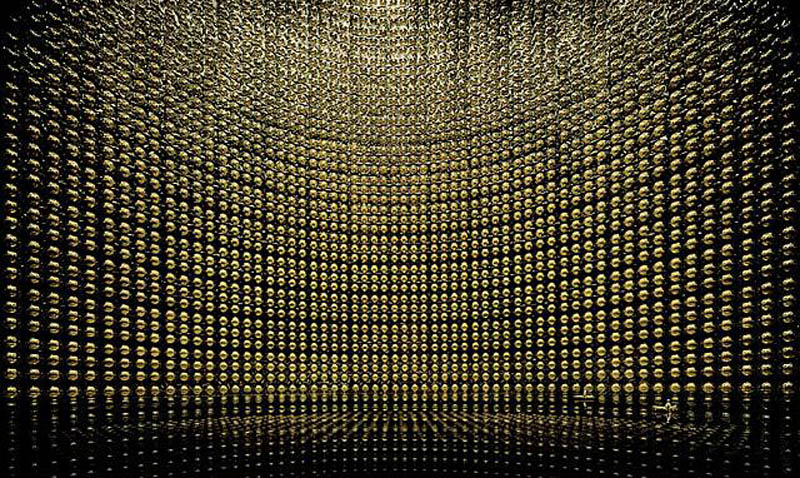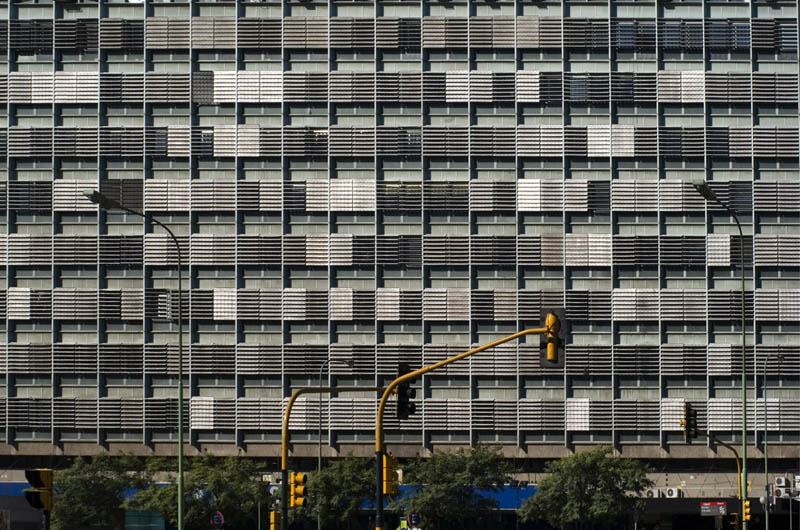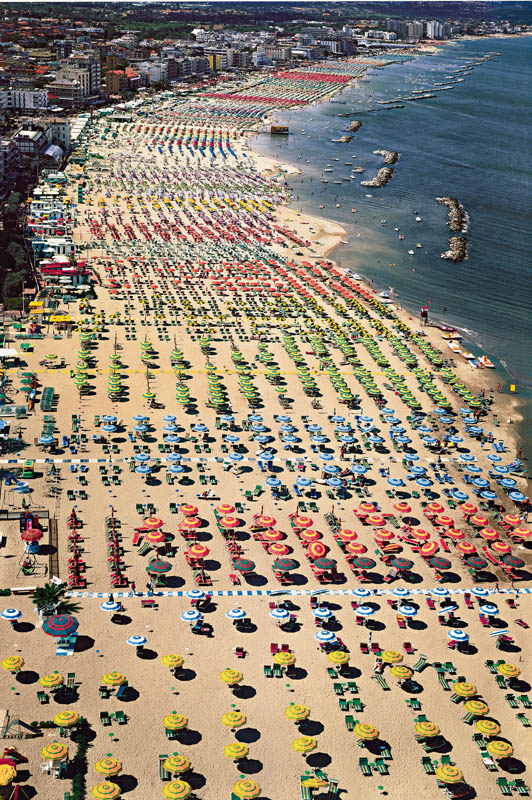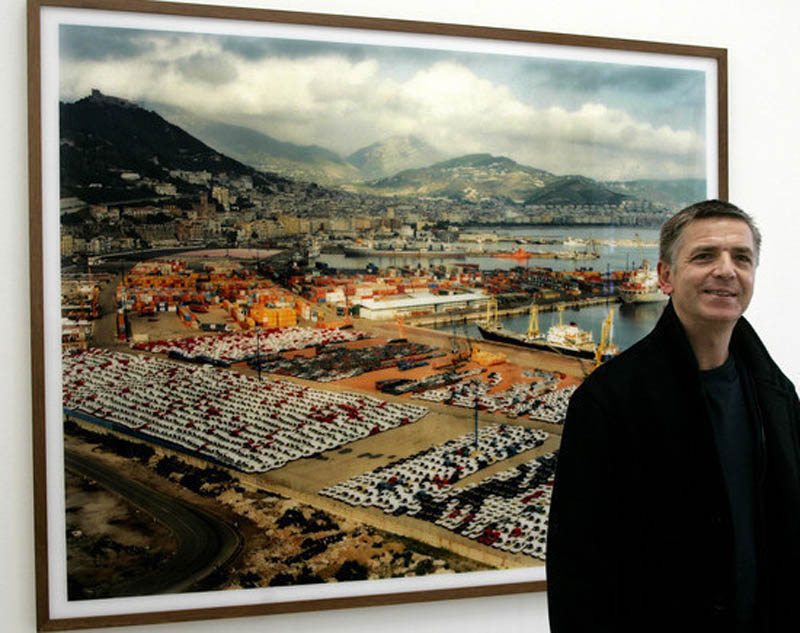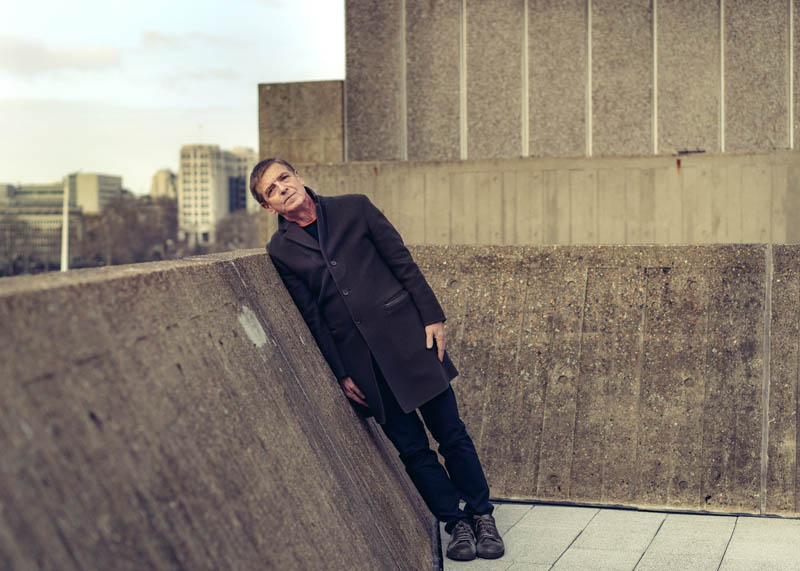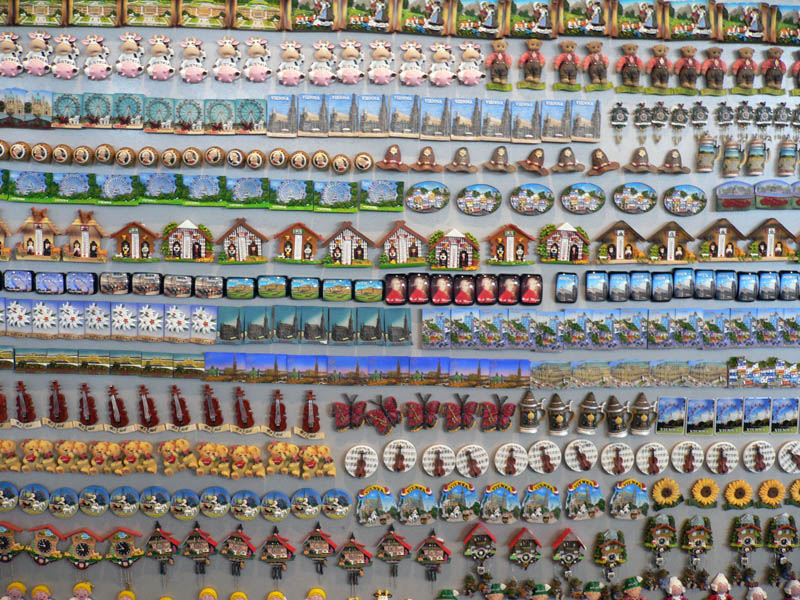Andreas Gursky: Master of Contemporary Photography

Andreas Gursky, a German photographer known for his large-scale, digitally manipulated images, has redefined the boundaries of contemporary photography with his monumental and thought-provoking works. From sprawling landscapes to crowded urban scenes, Gursky’s photographs capture the complexities of modern life with stunning detail and precision.
Early Life and Inspiration:
Andreas Gursky was born on January 15, 1955, in Leipzig, East Germany. Raised in a family of artists—his father was a commercial photographer. Gursky developed an early interest in photography and the visual arts. He studied photography at the Folkwang University of the Arts in Essen, Germany. Here he was exposed to the work of influential artists such as Bernd and Hilla Becher, who would later become his mentors.

Journey into Photography:
Gursky’s journey into photography began in the late 1970s when he started experimenting with large-format cameras and color film. Inspired by the urban landscapes of his native Germany, as well as the rapid pace of globalization and technological advancement. Gursky sought to capture the essence of contemporary society in his images. His work quickly gained recognition for its scale, complexity, and meticulous attention to detail.

Iconic Works:
Andreas Gursky’s body of work is characterized by its grand scale and immersive quality. His iconic images, such as “99 Cent,” “Rhein II,” and “Chicago Board of Trade III,” capture the vastness and complexity of modern life with breathtaking clarity and precision. Gursky’s use of digital manipulation techniques allows him to create images that are at once hyper-realistic and surreal. It invites the viewers to contemplate the interplay between reality and illusion.
Camera and Lens Uses:
Gursky’s preferred equipment includes large-format cameras, such as the 4×5-inch and 8×10-inch formats. It allows him to capture images with unparalleled detail and resolution. He often uses a variety of lenses, including wide-angle and telephoto lenses, to achieve different perspectives and compositions. Gursky’s technical mastery of his equipment, combined with his innovative approach to digital manipulation. He has enabled him to create images that push the boundaries of traditional photography.
Techniques and Approach:
Gursky’s photographic technique is characterized by his meticulous attention to detail. He transforms ordinary scenes into extraordinary works of art. He often spends months or even years researching and planning his images, meticulously scouting locations and experimenting with different compositions. Gursky’s use of digital manipulation allows him to alter and enhance his images. His creations are at once familiar and otherworldly.

Legacy and Impact:
Andreas Gursky’s influence on the world of photography is profound. He shapes the way we perceive and understand the complexities of modern life. His images challenge viewers to reconsider their preconceptions. It invities them to contemplate the intersection of technology, globalization, and human experience. Gursky’s legacy as a master of contemporary photography endures, inspiring a new generation of artists. He pushes the boundaries of their craft and explore the possibilities of digital manipulation as a means of artistic expression.

In a world marked by rapid change and technological advancement, Andreas Gursky’s photographs serve as powerful reminders of the beauty and complexity of the modern world. Through his lens, he invites us to see the world with fresh eyes, to question the boundaries between reality and illusion, and to explore the infinite possibilities of photography as a medium of artistic expression.


